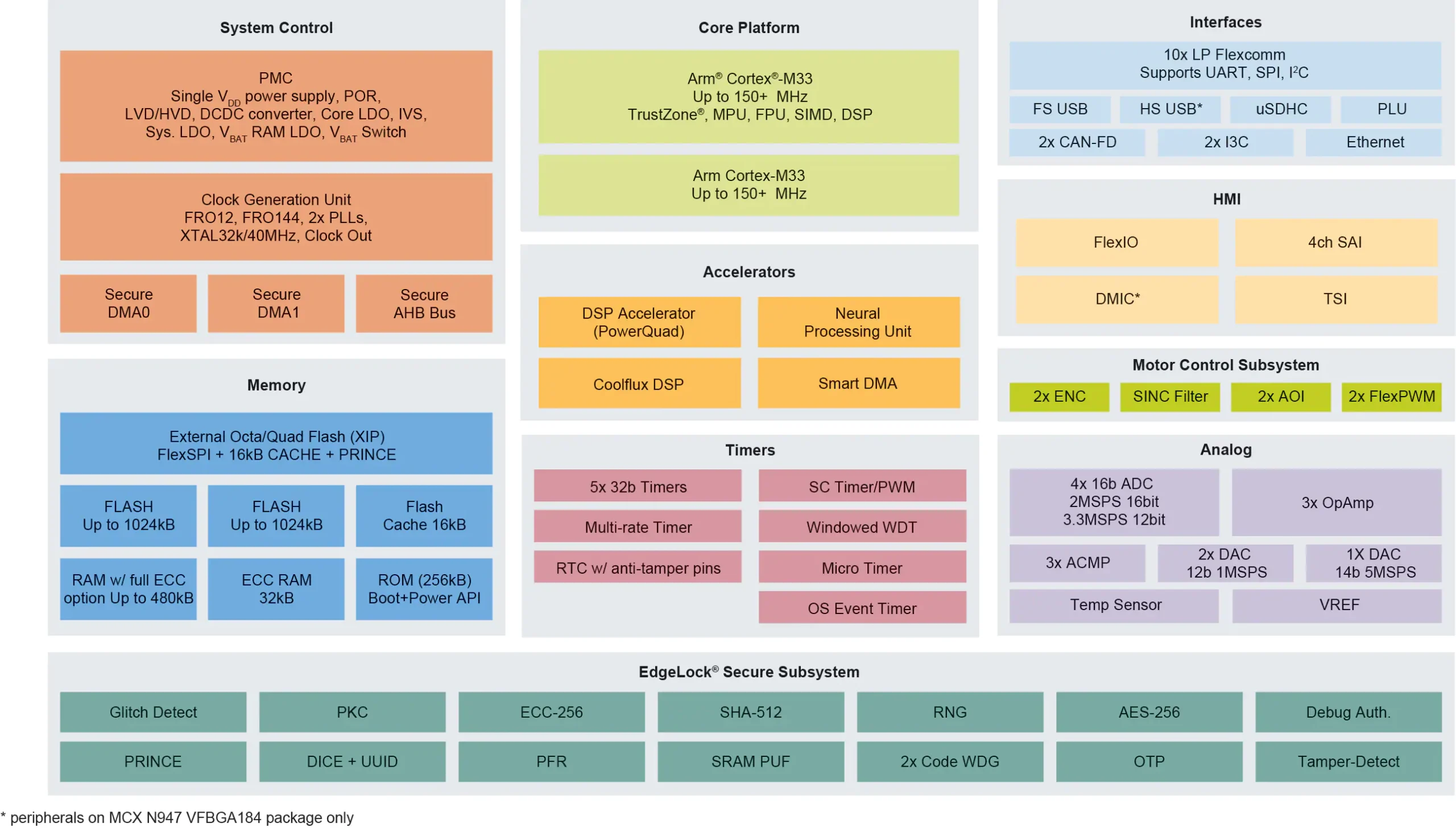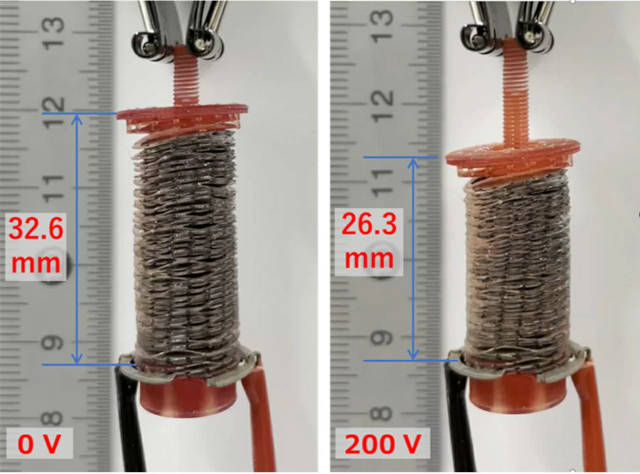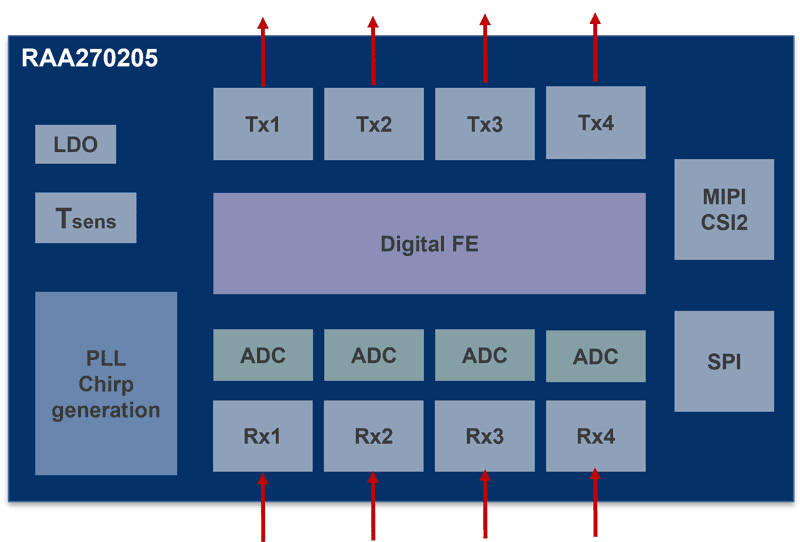
Many people seem to be talking a lot about edge computing these days but the fact remains that the word still means different things to different people having different needs within the edge computing space. It happens most times that some applications even require additional optimizations out of their hardware, maybe a bit of extra focus on its connectivity, its power, or its performance, which makes edge computing platforms look architecturally different from one another.
To address some challenges that this diversity often creates for designers, NXP Semiconductors has announced its intentions to launch a family of 4 new MCUs that target different needs within the edge computing space — something for everyone designing for Edge AI. One of these is the MCX N Advanced microcontrollers designed for high-performance energy-efficient edge AI workloads.
“Developers are increasingly looking to push the boundaries of what’s possible at the edge as they create new devices that can better anticipate and automate in smart homes, smart factories, and smart cities. This requires advanced MCUs [Microcontroller Units] that are more efficient, simplify edge intelligence, and do all of that securely,” NXP’s Rafael Sotomayor explains. “As we look to the future of MCUs, the MCX N series delivers the balance between power and performance for tomorrow’s IoT and industrial applications.”
The MCX N series designed for secure and intelligent applications promises low power consumption and a significant performance boost to edge AI performance. The series is offered in two models namely the MCX N94x and MCX N54x, both of which use a heterogeneous multi-core design with an Arm Cortex-M33 core and a streamlined core designed for control functions. The company also introduced an in-house neural processing unit architecture into the mix, which they claim to offer a third-fold performance gain for machine learning workloads.
“The multicore design delivers improved system performance and reduced power consumption by enabling smart, efficient distribution of workloads to the analog and digital peripherals,” says NXP’s CK Phua. “As a result, the MCUs consume less than 45μA/MHz active current, less than 2.5μA in power-down mode with the real-time clock (RTC) enabled and 8kB SRAM retention, and less than 1μA in deep power-down mode with the RTC active and 8kB SRAM.”
The two models offer equivalent performance but while the N94x chips offer peripherals designed for analog and motor control workloads, the N54x chips focus on high-speed USB with PHY, SD card, and smart card interfaces for IoT. Both however feature 2MB of flash and 512 kB of SRAM as well as a broad range of peripherals such as an integrated Digital Signal Processor, an EdgeLock secure subsystem, hardware root-of-trust, secure boot, and cryptographic acceleration.

The new MCUs should support the MCUXpresso software suite as well as the company’s development environment for machine learning projects. There would also be a number of RTOS (Real Time Operating System) to choose from.
The new MCUs are due to sample early next year and no particular date has been picked for general availability yet. Other useful details can be found on their website.







